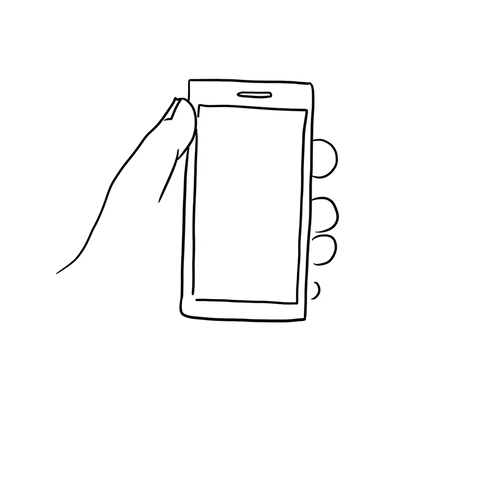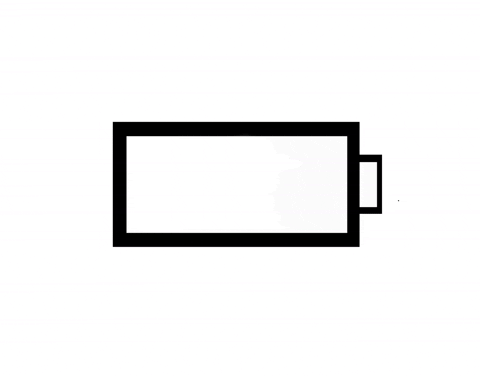

Fancy something positive in your inbox? Sign up
In The bustling realm of digital communication, there’s a conundrum many of us face: the struggle to reply to messages.
Despite our digital dexterity, even a simple text response can feel like the biggest task. But fear not, for we’re about to unravel messaging burnout and how to break the cycle…

In an age of unparalleled connectivity, you would think responding to messages would be a breeze. Yet, amidst the flurry of emails and notifications, replying to personal messages often gets lost in the shuffle. Why the disconnect?
Ever felt paralysed by the sheer volume of messages flooding your inbox? You’re not alone. Analysis paralysis sets in when we’re bombarded with messages, leaving us unsure of where to start or how to prioritise responses.
Ah, good old procrastination – the nemesis of productivity. As messages pile up, it becomes all too easy to postpone replies until “later.” But later never seems to arrive.

The good news is that there’s light at the end of the messaging tunnel. Here are some practical strategies to regain control:
Establish Boundaries: Set clear boundaries around your messaging habits. Communicate these boundaries to friends and family to manage expectations and alleviate guilt.
Set Aside Dedicated Time: Schedule specific moments to tackle your messages head-on. Treat this time as sacred, prioritising it like any other commitment.
The Two-Minute Rule: If a message can be addressed in two minutes or less, tackle it immediately. This swift approach prevents the dreaded message buildup.
Practise Mindful Messaging: Stay present and focused when replying to messages. Avoid multitasking to enhance productivity and reduce distractions.
Embrace Imperfection: Remember, it’s okay to miss a message or take your time with replies. Embrace imperfection and prioritise self-care.

In the whirlwind of digital communication, it’s easy to succumb to guilt over unanswered messages. But by understanding the psychological nuances at play and implementing practical strategies, we can reclaim control of our digital interactions. So take a deep breath, put your wellbeing first, and reply on your own terms. You’ve got this!